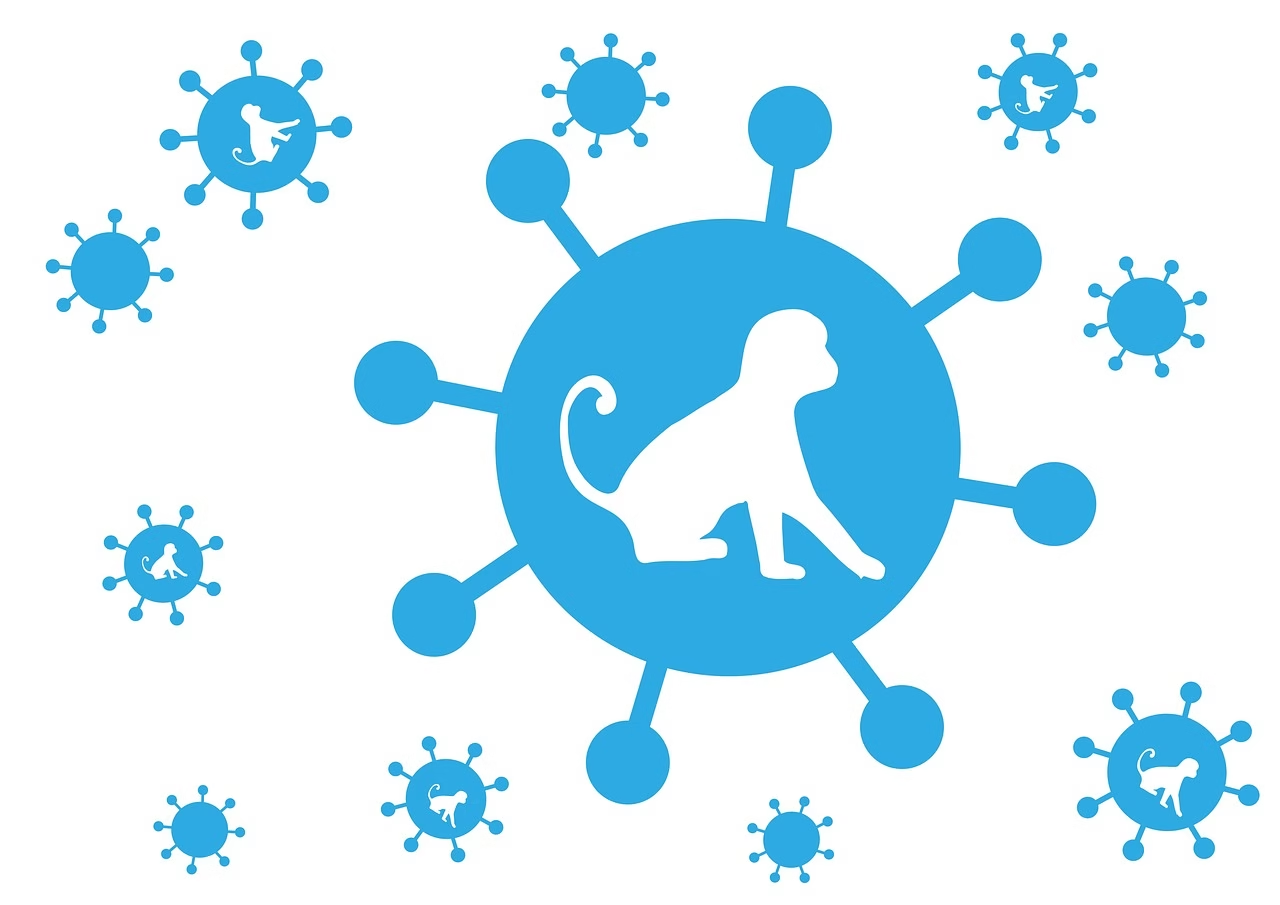Measles Outbreak Hits 30-Year Peak in U.S., Exposing Plunge
July 11, 2025 | by Rachel Bloom

Measles at a 30-Year High: A Wake-Up Call for Mind, Body & Community
When I opened my email this morning, a frightened mother wrote: “My toddler is too young for her second MMR dose—should I cancel our summer travel?” Her anxiety is not misplaced. The United States has recorded more than 1,288 confirmed measles cases so far in 2025, the highest number since 1992. For many of us who grew up believing measles was a relic of our grandparents’ generation, this feels surreal. But numbers only tell part of the story; beneath the statistics lie frayed trust, widening inequities, and collective fatigue after years of pandemic stress.
How We Arrived Here
Measles was declared eliminated in the U.S. in 2000, thanks to sustained vaccination rates above the critical 95 percent threshold needed for herd immunity. Today, those rates have slipped to 92.7 percent among kindergarteners, with some counties falling well below 85 percent. In Texas’s Gaines County—ground zero for the current outbreak—nearly one in five families filed exemptions from routine shots. When coverage drops, the math is merciless: measles, with its ability to infect nine out of ten unprotected contacts, finds ample fuel.
Why Measles Matters (Beyond the Obvious)
This virus is not “just a rash.” Roughly 13 percent of patients in 2025 have required hospitalization, and we have already lost three lives, two of them children. Complications can include pneumonia, encephalitis, and a phenomenon called immune amnesia, where the body “forgets” past defenses and becomes vulnerable to other infections. For immunocompromised individuals and infants under twelve months—who rely on “cocooning” by those around them—every unvaccinated neighbor becomes an existential threat.
Health is communal. My immunity protects your child; your decisions ripple into my home.
The Human Side of Vaccine Hesitancy
In clinic, I rarely meet parents who want to endanger their kids. Most are wrestling with information overload, trauma from the pandemic, or barriers like limited childcare and transportation. National data reveal a stark urban-rural divide: only 66 percent of rural toddlers receive their first MMR dose by 15 months compared with 75 percent in cities. Misinformation fills the void left by inaccessible clinics and underfunded public-health outreach.
Mind-Body Strategies for Families Caught in the Crossfire
1. Anchor in verified knowledge. Bookmark your state health department and the CDC’s measles dashboard for real-time updates. Facts calm the limbic system far better than doom-scrolling.
2. Create a “safety net” calendar. Add vaccination due dates, well-child visits, and booster reminders to a shared family calendar. Small organizational steps restore a sense of agency.
3. Practice stress-modulating rituals. Whether it’s box-breathing in the car line or a nightly gratitude scan with your kids, nervous-system regulation helps us make clearer decisions—and model resilience.
4. Nourish immunity holistically. Vaccines are the cornerstone, but balanced gut-supportive nutrition (think colorful produce, omega-3s, probiotic-rich foods) and restorative sleep strengthen vaccine response and recovery if illness strikes.
Community-Level Solutions We Can Champion
Advocate locally. County-level boards set school-entry policies; join meetings, share evidence, and uplift voices of pediatricians and school nurses.
Support mobile clinics. Volunteer or donate to organizations bringing MMR catch-up shots to rural towns and underserved neighborhoods. Convenience dismantles one barrier; compassionate listening addresses the rest.
Befriend the “movable middle.” Research shows that most unvaccinated adults and parents reside not in the “never” camp but the “unsure” camp. Non-judgmental conversations, framed around protecting community elders and newborns, sway more hearts than shaming ever will.
Looking Ahead
Modeling from Stanford warns that if current coverage stagnates, measles could regain an endemic foothold within our borders, causing up to 851,300 cases over the next 25 years. That trajectory is not destiny. Each appointment kept, each myth gently debunked, nudges the curve toward prevention rather than crisis response.
To the mother who wrote me this morning: keep your travel plans and schedule that second dose the moment your child turns four. Pack hand sanitizer, lean on nutritious snacks that stabilize little immune systems, and savor the memories you’re about to create. Courage isn’t the absence of concern—it’s choosing informed action in the midst of it.
Collectively, we have beaten measles before, and we can do it again. Let science guide our steps, empathy shape our words, and community nourish our spirits.

RELATED POSTS
View all



